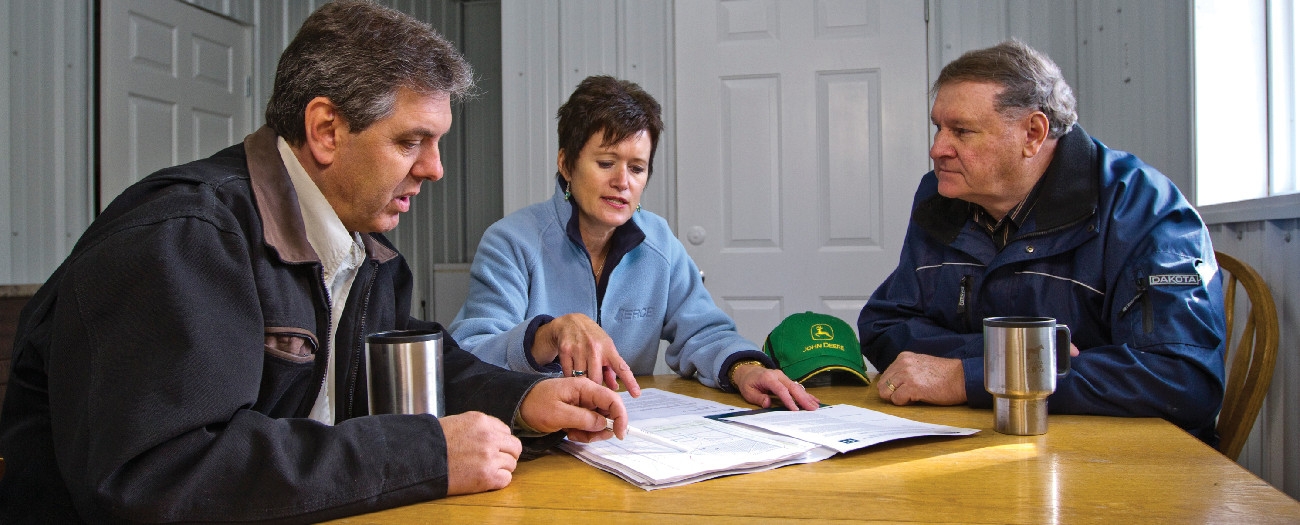Alternative dispute resolution helps stakeholders overcome conflicts
Alberta - August 14, 2016Swiss psychologist Carl Jung said that the most intense conflicts, if overcome, leave behind a sense of security and calm that is not easily disturbed. That’s why alternative dispute resolution (ADR) has become such an important tool for the AER and its stakeholders.
ADR is an alternate means of resolving disputes outside of an AER hearing or provincial courtroom. It’s an umbrella term that includes negotiation, mediation, facilitation, arbitration, and conciliation. Interest-based mediation is the approach commonly used at the AER; it brings parties together to communicate, understand the issues behind a dispute, and ultimately work together to come up with a mutually acceptable resolution, while maintaining a good relationship.
ADR was developed to help people resolve disputes—in this case, disputes related to energy development and activity. ADR can be used at any stage in the regulatory process: prior to companies submitting an application to the AER, during the application review process, when a file is referred to the hearing commissioners for a hearing, or when reclamation or operational concerns arise.
“In 2015, we saw a rise in ADR with municipalities and disputes involving three or more parties,” said Anna Rose, ADR practice lead with the Alberta Stakeholder Engagement branch. “These files tend to take weeks or months rather than days to resolve; emerging issues include water usage, hydraulic fracturing, proximity to communities, and excessive noise.”
The following principles apply to all mediation conducted by AER staff mediators and hearing commissioners:
- ADR is confidential and without prejudiceResponsibility for resolution rests primarily with the parties
- Parties are fully informed of the ADR process and their options
- Mediators are impartial
- The procedures are fair to all parties
ADR specialists are found in AER locations across Alberta and in the hearing commissioners’ office. They are trained in conflict management; many hold professional designations in mediation, and all adhere to a strict code of ethics. Collectively, the ADR team has more than a century of experience in dispute resolution and is highly specialized.
Over the past 12 years, they have maintained a resolution rate of 80 to 95 per cent, travelling all over Alberta to resolve disputes in homes, community halls, even restaurants—anywhere the crucial conversations need to take place.
Hearing commissioners become involved when files are referred to the chief hearing commissioner for a hearing. This process provides the option for agreements reached at ADR to form part of the regulatory decision.
Hearing commissioners may also conduct evaluative mediation or binding decision making. Parties can use the process to agree on matters for a hearing, such as procedural matters, statements of fact, and expert witnesses. Parties who think their dispute is destined for a hearing have the opportunity to request ADR by hearing commissioner.
The AER continually improves ADR program by seeking new ways to strengthen bonds between our stakeholders and indigenous communities.
“Our team is currently working on best practices when working with indigenous peoples,” Rose noted. “This includes a variety of ADR models such as transformative and narrative mediation and indigenous processes for conflict resolution like sharing circles.”
With a focus on the future, innovative ways to resolve disputes, and important discussions still to be had, ADR will always be a cornerstone of the AER’s business.
Neal Irvine, Writer


